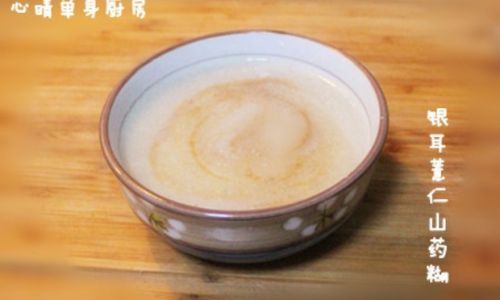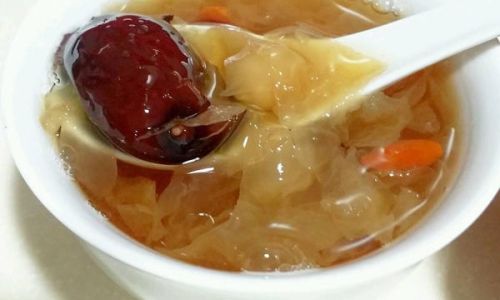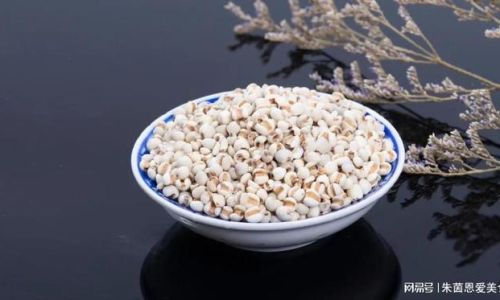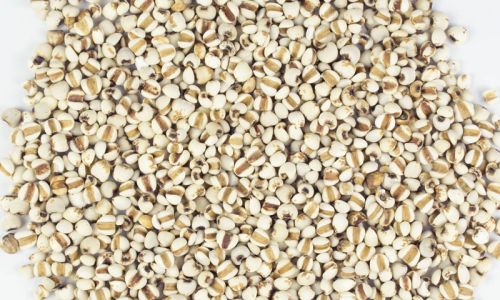Table of content
Introduction
Cooking is an art that combines precision, creativity, and a keen sense of taste. However, even the most seasoned chefs can occasionally face the dilemma of an overcooked dish, especially when dealing with delicate ingredients like tremella mushrooms, also known as white jelly fungi or snow ear mushrooms. These mushrooms are renowned for their gelatinous texture and mild, slightly sweet flavor, making them a perfect base for soups and desserts. But what happens when your carefully crafted tremella mushroom soup accidentally burns, leaving behind an unpleasant burnt taste? In this comprehensive guide, we will explore various techniques to remove the burnt taste from overcooked tremella mushroom soup, ensuring your culinary endeavors remain enjoyable and flavorful.
Understanding the Cause of Burnt Taste
Before diving into solutions, it’s crucial to understand why food burns and what causes the burnt taste. When food is heated beyond its optimal cooking temperature, a process called caramelization occurs, where sugars and other components break down, forming complex flavor compounds. If this process continues unchecked, it leads to pyrolysis, where the food’s surface chars, releasing smoke and creating the characteristic burnt flavor. In the case of tremella mushroom soup, the delicate mushrooms and their surrounding broth are particularly susceptible to burning, especially if left unattended or cooked at too high a temperature.
Immediate Actions to Prevent Further Burning
-
Reduce Heat: The first step in addressing burnt tremella mushroom soup is to immediately reduce the heat. This stops the caramelization and pyrolysis processes, preventing the burnt taste from intensifying.

-
Stirring: Gently stir the soup to distribute the heat more evenly and prevent localized burning. Be cautious not to splash hot liquid.
-
Remove from Heat: If the burning is severe, it might be best to remove the pot from the heat entirely and let it cool slightly before attempting any corrective measures.
Techniques to Remove the Burnt Taste
Dilution and Re-seasoning
One of the simplest methods to counteract a burnt taste is through dilution. By adding more broth or water, you can reduce the concentration of burnt flavors. However, this might alter the soup’s consistency and flavor profile. To maintain balance:
- Add Fresh Broth: Use homemade or high-quality store-bought broth that complements the tremella mushrooms. Chicken, vegetable, or mushroom broth can work well.
- Season Appropriately: Adjust the seasoning with salt, pepper, and herbs to restore the soup’s flavor profile. A touch of acidity, like lemon juice or vinegar, can also help balance out the burnt taste.
Adding Dairy Products
Dairy products, especially milk and cream, have a natural ability to neutralize burnt flavors. The fats and proteins in dairy can coat the tongue, masking the unwanted burnt taste.
- Cream or Milk: Add a small amount of heavy cream or whole milk to the soup, stirring gently to avoid curdling. This will add richness and creaminess while helping to mask the burnt flavor.
- Cheese: Grated cheese, especially Parmesan or cheddar, can be sprinkled over the soup before serving. The cheesy flavor can help distract from the burnt taste.
Using Acidic Ingredients
Acidic ingredients like lemon juice, vinegar, or tomatoes can help balance out the burnt flavors by brightening the dish and refreshing the palate.
- Lemon Juice or Vinegar: Add a teaspoon of lemon juice or a splash of vinegar to the soup. Start with a small amount and taste as you go to avoid over-acidifying the dish.
- Tomatoes: If your tremella mushroom soup is tomato-based or you’re open to adding tomatoes, diced tomatoes or tomato paste can help introduce a fresh, tangy flavor that counteracts the burnt taste.
Incorporating Aromatics
Aromatics such as onions, garlic, ginger, and herbs can add layers of flavor that help mask the burnt taste. These ingredients not only enhance the soup’s aroma but also contribute to its overall taste profile.

- Sautéed Aromatics: Sauté finely chopped onions, garlic, and ginger in a bit of oil until fragrant. Add this mixture to the soup, allowing the flavors to meld.
- Fresh Herbs: Incorporate fresh herbs like parsley, cilantro, or thyme. Their fresh, clean flavors can help lift the burnt taste.
Blending and Filtering
For severely burnt soup, blending and filtering can be an effective way to remove the burnt particles responsible for the unwanted flavor.
- Blend the Soup: Use an immersion blender or transfer the soup to a blender (allow it to cool slightly to avoid splattering) and blend until smooth. This will break down the burnt particles, distributing them more evenly throughout the soup.
- Fine-Mesh Strainer: Pass the blended soup through a fine-mesh strainer to remove any large particles or charred bits that might still be present.
Adding Starch-Based Thickeners
Starch-based thickeners like cornstarch or arrowroot powder can help smooth out the texture of the soup and, to some extent, mask the burnt taste by creating a silky, velvety mouthfeel.
- Cornstarch Slurry: Make a slurry by mixing cornstarch with a small amount of cold water. Add this mixture to the simmering soup, stirring constantly until thickened.
- Arrowroot Powder: Similar to cornstarch, arrowroot powder can be used to thicken the soup. It’s often preferred for its ability to create a clearer, glossier finish.
Creative Re-purposing
If all else fails, consider re-purposing your burnt tremella mushroom soup into a different dish. Sometimes, a bit of creativity can turn a culinary mishap into a delightful new recipe.
- Soup to Sauce: Transform the soup into a rich, flavorful sauce for pasta, grains, or meats.
- Soup Base for Risotto or Stew: Use the soup as the base for a risotto or stew, incorporating additional ingredients to balance and enhance the flavors.
Conclusion
Burning tremella mushroom soup can be a disappointing setback in the kitchen, but with the right techniques, you can salvage your dish and enjoy a flavorful, satisfying meal. From dilution and re-seasoning to incorporating aromatics and acidic ingredients, there are multiple strategies to remove the burnt taste. Remember, cooking is an iterative process, and every misstep is an opportunity to learn and grow as a chef. With patience, creativity, and a willingness to experiment, you can turn even the most burnt of dishes into culinary triumphs. Happy cooking!






0 comments